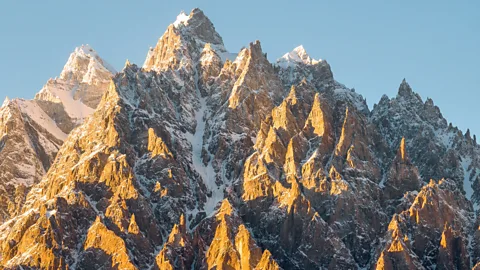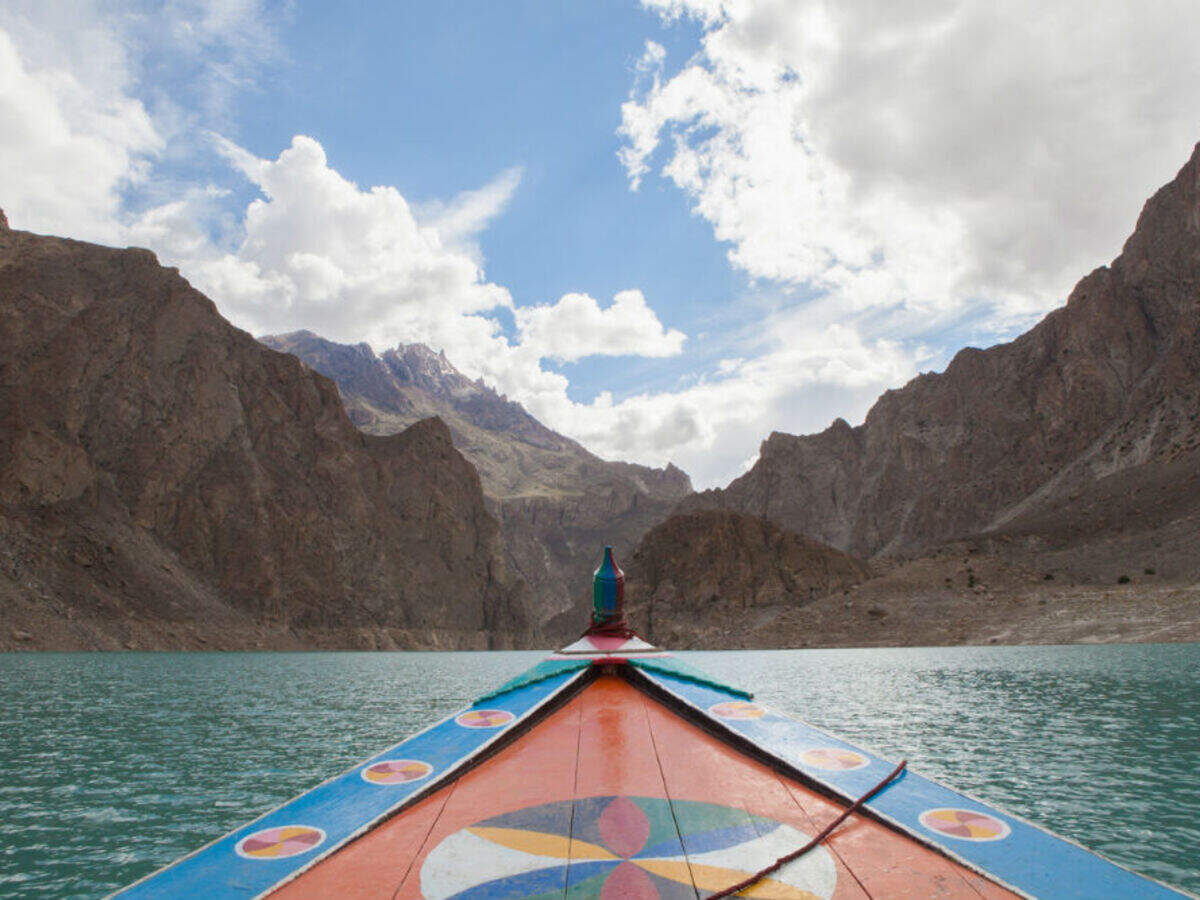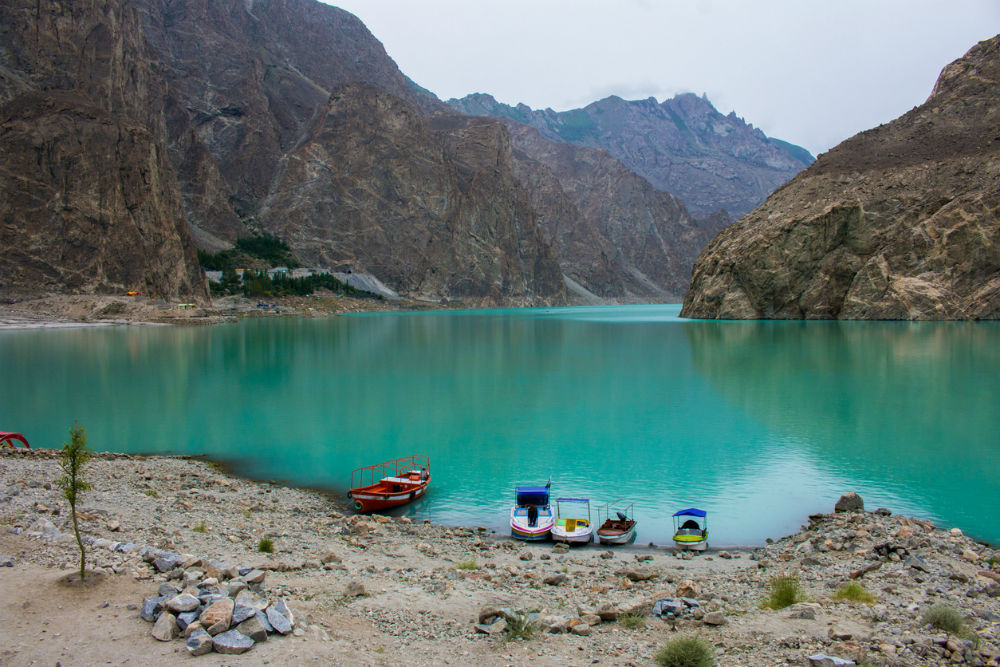Introduction
Attabad Lake, located in Pakistan’s picturesque Hunza Valley, is more than just a scenic destination—it’s the result of a tragic natural disaster that reshaped the region’s landscape. Once a site of destruction, today it is a top tourist destination known for its dazzling blue waters, soaring Karakoram mountains, and unique geological history. If you’re seeking a travel experience that combines raw beauty, adventure, and resilience, Attabad Lake should be on your radar.

The Birth of Attabad Lake
On 4 January 2010, a massive landslide struck the Hunza River, blocking its flow and submerging nearby villages like Shishkat. Over several months, a lake more than 21 kilometers long and 100 meters deep formed. According to NASA, the water rose by over a meter each day in early 2010. The disaster displaced over 6,000 people and claimed 20 lives, but from the devastation emerged a lake now famous for its surreal beauty.
How to Visit Attabad Lake
- Getting there: Fly to Gilgit from Islamabad, then drive 3 hours on the Karakoram Highway. For a more scenic route, fly to Skardu and drive via Jaglot and Gilgit (7–8 hours).
- Best Time: June to September offers ideal weather. Cherry blossom season is March-April, while winter offers frozen-lake adventures.
- Where to Stay: Lakeside resorts like Luxus Hunza and Famree offer luxury stays, while guesthouses near Karimabad are great budget-friendly alternatives.

Things to Do at Attabad Lake
The lake offers thrilling outdoor activities. Visitors can enjoy:
- Boating and jet skiing
- Ziplining across the lake
- Walking the lakeside promenade and trying local dishes at tea stalls
- Hiking to Baskochi Meadows for panoramic views and sunset photography
Nearby attractions like the Hussaini Suspension Bridge and Passu Cones are just a short drive away. You can also explore the historic Baltit Fort and Altit Fort for a glimpse into Hunza’s royal past.
Local Life and Economic Revival
Though Attabad Lake began as a catastrophe, it is now a lifeline for the affected communities. Shishkat families run most food stalls, boating services, and guesthouses. The Aga Khan Agency for Habitat (AKAH) is training locals, particularly women, in emergency response and entrepreneurship. According to The Morning News Informer, tourism has brought sustainable income and renewed resilience to the region.
Safety Tips for Visitors

- Buy a SCOM SIM for better connectivity.
- Avoid night travel due to landslide risks and narrow roads.
- Wear layers and sun protection—glacial water makes swimming unsafe.
- For climbing peaks above 6,000m, permits may be required.
The Future of Attabad Lake
Despite its current popularity, experts warn that the lake’s long-term stability is uncertain. If a major earthquake destabilizes the debris dam, it could lead to sudden flooding downstream. Sediment studies show the lake is slowly shrinking, but for now, it remains a spectacular symbol of nature’s unpredictability and beauty.
Conclusion
Attabad Lake stands as a reminder that even in destruction, nature can create something unforgettable. For travelers, it’s a rare opportunity to witness stunning landscapes, engage with resilient communities, and explore the cultural richness of Pakistan’s north. Whether you’re hiking in Baskochi Meadows or enjoying a boat ride at sunset, the lake offers more than just beauty—it offers perspective.

For more on stunning destinations and human-nature stories, explore our Latest Travel News.









